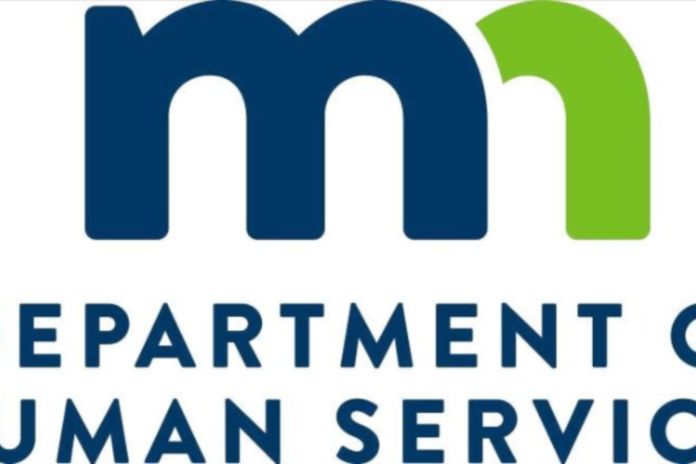State Senator Michelle Benson (R-Ham Lake) is the chair of the Health and Human Services Committee in the Minnesota Senate, the committee that oversees Minnesota’s massive Department of Human Services, or DHS. DHS runs a $17.5 billion budget or about one-third of the total state budget of nearly $50 billion.
Benson recently wrote an op-ed in the Star Tribune where she outlined how DHS has lost $300 million in taxpayer funds, via “error or fraud,” over the past three years.
As examples, Benson writes about how DHS screwed up Medicaid and MinnesotaCare eligibility in 2016, and ended up owing the federal government $271 million. Both Medicaid (Medical Assistance) and MinnesotaCare are means-tested programs to provide healthcare to lower-income Minnesotans.
Other examples Benson cites of DHS dysfunction include widespread and unrectified fraud in the state’s Child Care Assistance Program—a welfare program that pays for daycare—which could be costing the state tens of millions of taxpayer dollars per year.
Then there are the recent overpayments DHS made, using federal money, to two Indian tribes. Benson says that those tribes were following DHS guidelines, meaning the fault lies at DHS. And DHS also improperly paid providers that treat substance abuse and mental illness, again with federal money. All told, these two errors total at least $73 million, and the Feds want their money back.
How welfare works
A reasonable Minnesotan is now probably asking two questions: Why is DHS screwing things up, and why is DHS spending federal money in the first place?
Take the second question first.
Most federal means-tested programs are administered by the states—administering is the fancy term for taking the federal money and running the program in each state. The level of state autonomy varies by program, but usually, states are allowed to add to and supplement federal programs with state money, as long as the states stay within certain federal guidelines.
For example, Minnesota’s programs that provide healthcare to lower-income Minnesotans cast a wider net than normal Medicaid (Medical Assistance), because Minnesota supplements its Medicaid program with MinnesotaCare.
And Minnesota’s welfare programs that provide healthcare cover things that federal funding doesn’t cover, including even abortion, because state funds are being used to add to the federal funding.
Ditto for the Child Care Assistance Program (CCAP), which is more generous than the program is in other states, precisely because the state chooses to add to the normal federal funding that feeds into this program.
How Minnesota conservatives can make changes
The fact that the Feds give states leeway is both a blessing and a curse. States can experiment and make programs better, by reducing the stiff marriage penalties found in welfare, and by reducing the disincentive to work. But states can also do bad things with existing welfare programs—by making Medicaid cover abortion with Minnesota taxpayer dollars, for example.
And by administering the massive federal programs, and adding to them, states like Minnesota take on a massive bureaucracy for the federal government. That opens the door to fraud, waste, and abuse, all at the state level.
_______________________________________
Donations to Alpha News are 100% tax-deductible. Help us create more content and reach more people


















